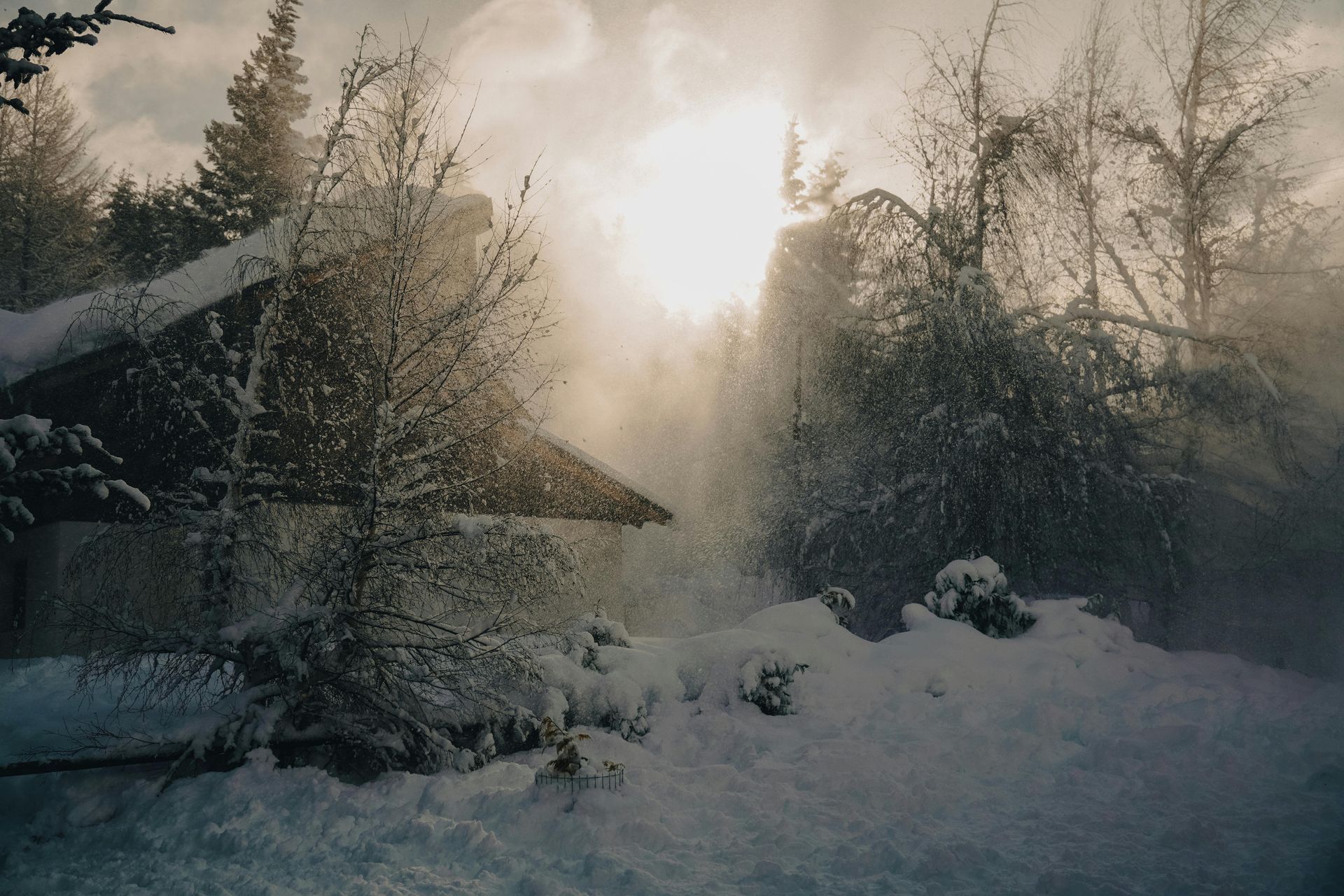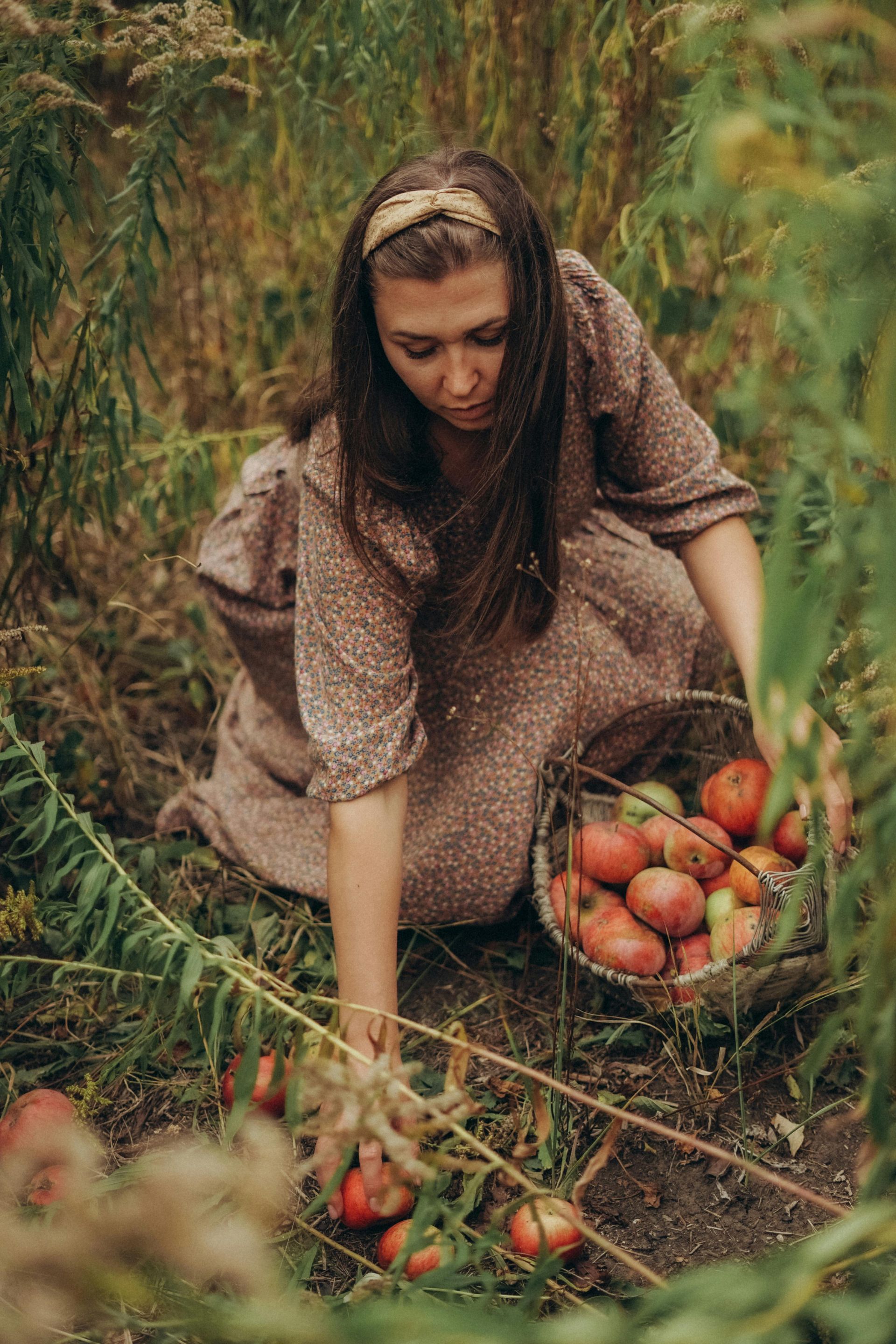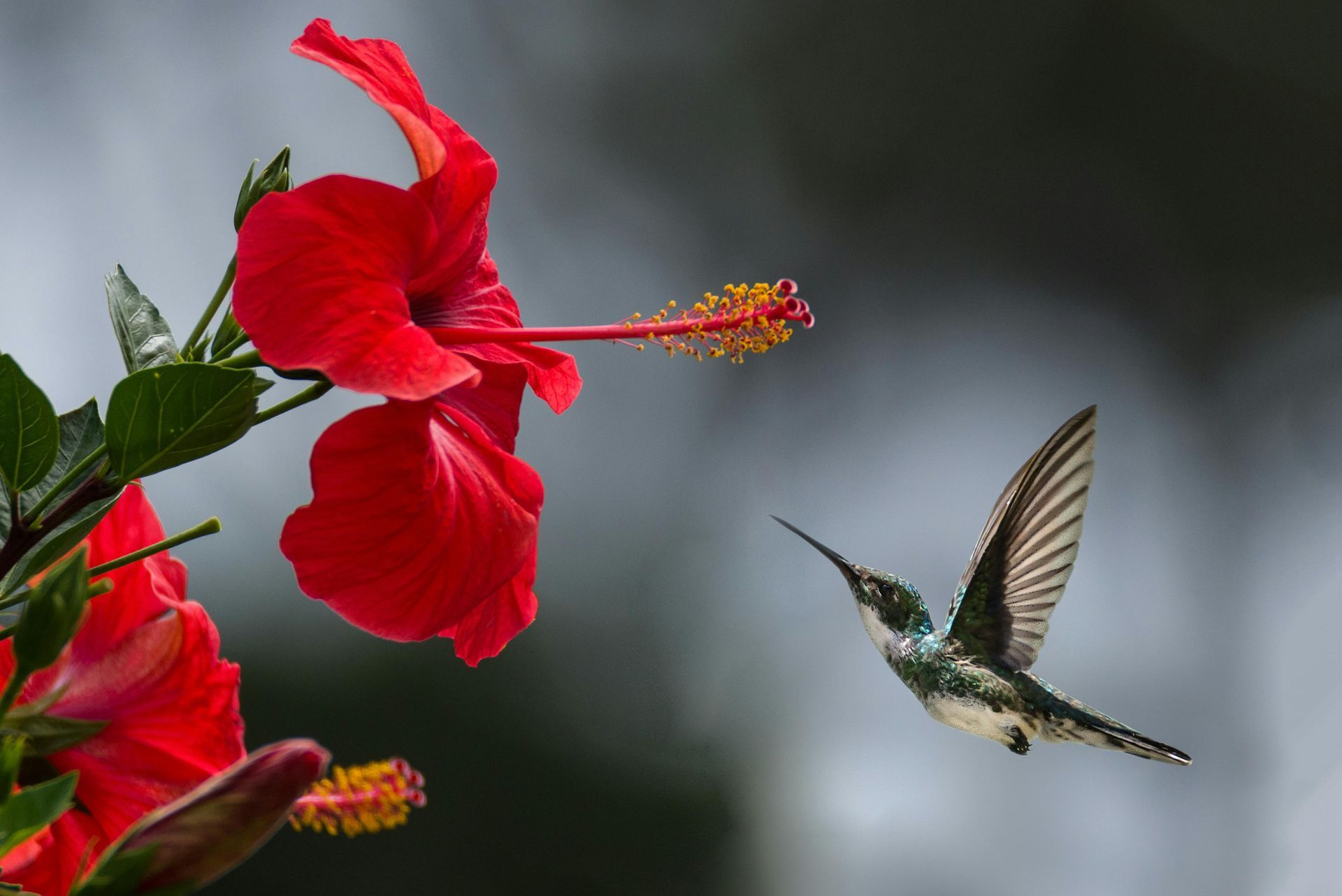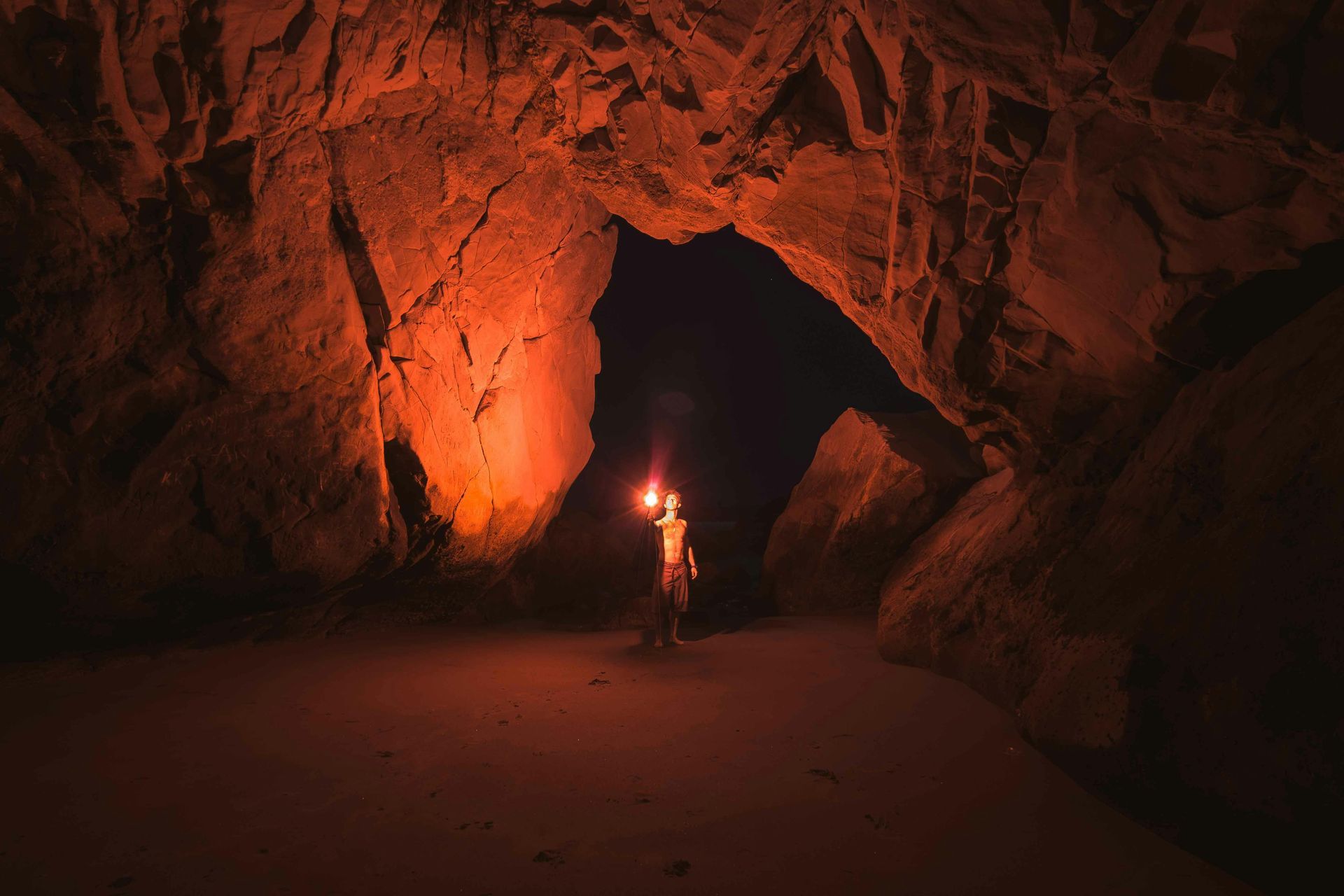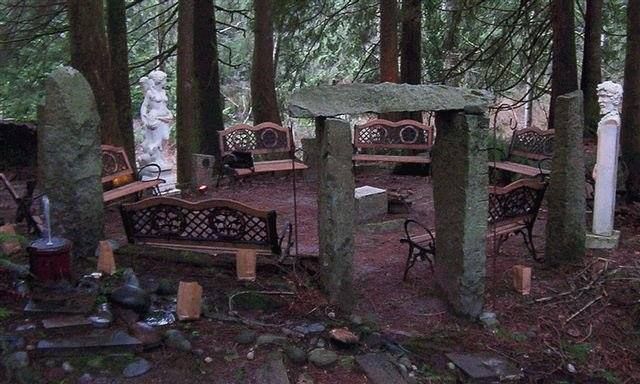Thoughts from the Dean's Desk
Kara D Williams
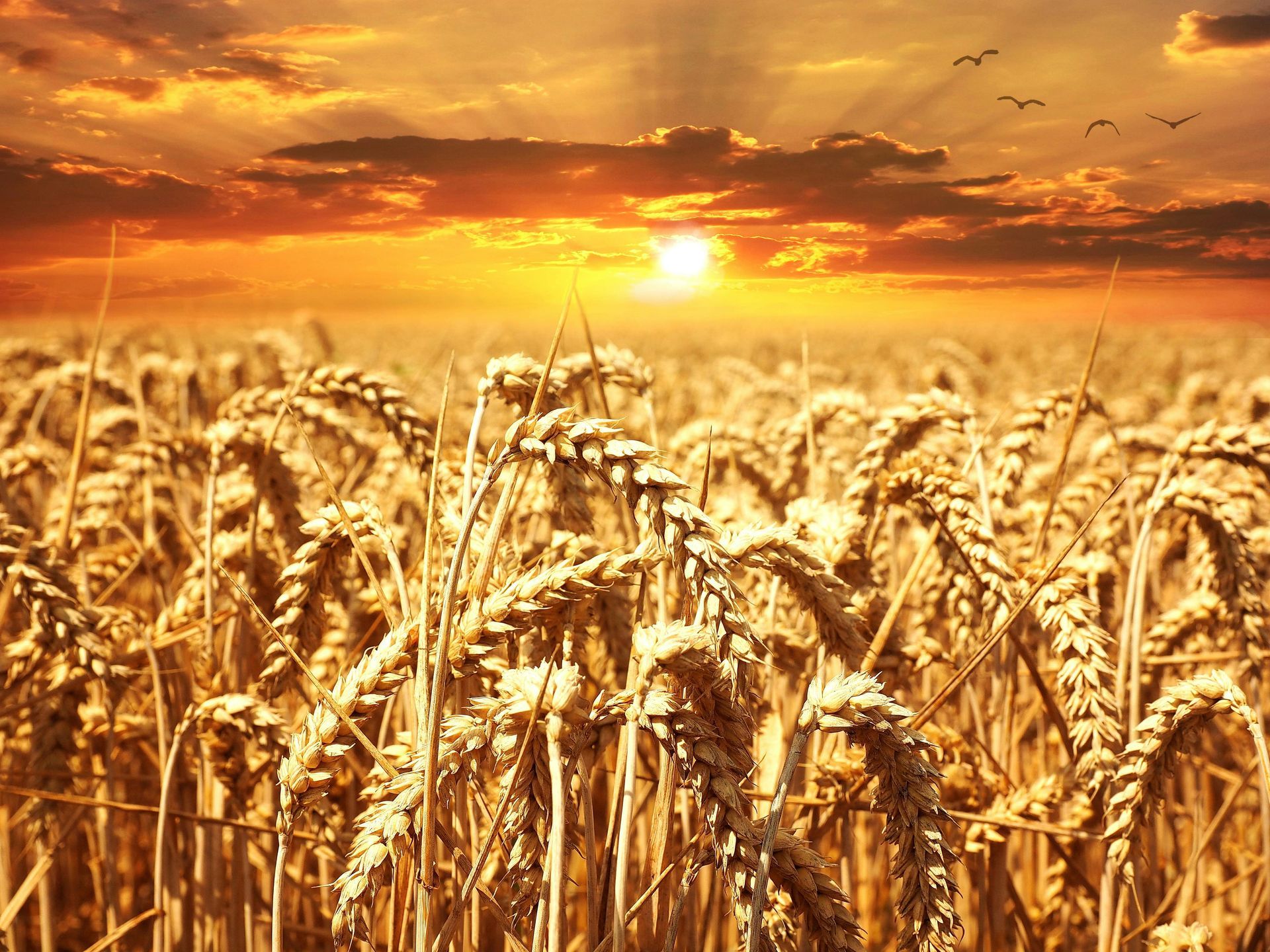
Lammas: A Sacred Turning Point
As the Wheel of the Year turns toward Lammas, Wiccans and other Earth-centered spiritual practitioners pause to honor the first harvest, a time of both celebration and contemplation. Lammas, traditionally observed on August 1st, is a sabbat rich with spiritual meaning, rooted in the rhythms of nature and the eternal dance between life and death. The Astrological date for Lammas in 2025 is August 7th when the sun is in Leo at 15 degrees.
WSTS celebrated Lammas this past weekend with a weekend of Workshops, Student Monologues, and our Senior Class Lammas Ritual Sunday night at 6pm PST. As a Seminary, we came together to consider these themes and how they are reflected in our lives. As an online seminary, it is important that our students have the opportunity to celebrate with one another, and Lammas is traditionally a community event as bringing in a harvest often took the entire community in the ancient world.
Gratitude and Abundance
Lammas invites us to reflect on the gifts of the Earth and the fruits of our labor. It is a time to give thanks not only for physical sustenance like grain, fruit, and vegetables, but also for the emotional, spiritual, and communal harvests we've cultivated throughout the year. We acknowledge the gifts we’ve received from the Gods this year as we look at our first harvest.
In ritual and meditation, many Wiccans may:
- Bake bread as a sacred act of gratitude.
- Offer thanks to the land, ancestors, and deities.
- Journal or speak aloud the blessings they’ve received.
Gratitude at Lammas is not passive, it is a conscious recognition of the abundance that surrounds us, even in times of challenge. It reminds us that every seed planted, whether literal or metaphorical, has the potential to bear fruit.
Here at WSTS, our students look back to the goals they set at Imbolc and reflect on how they have manifested or if they haven’t why that was what happened. We encourage our students to be reflective of the gifts they have received and of the things they have accomplished. This includes their spiritual growth from this year.
The practice of gratitude is a foundational principle at WSTS as it changes how students see the world. We encourage and, in some courses, require that students practice private or public gratitude on a daily basis. We encourage our students to attend the ATC Devotionals held on Discord M-F. This is a place where attendees share their gratitudes, but also their joys and sorrows and allows them to connect each morning before their day gets started.
Sacrifice and Transformation
With harvest comes sacrifice. The grain must be cut to feed the people; the sun begins its descent toward the darker half of the year. In Wiccan practices, this is often symbolized by the sacrificial death of the Grain God, who gives of himself so that life may continue. The idea of sacrifice also comes to us from Celtic Mythology and the story of Lugh’s great feast to honor his aunt, where they also traditionally sacrificed a bull for the ceremonies and games held at Lughnasa.
Spiritually, Lammas asks:
- What must we release to move forward?
- What parts of ourselves are ready to be transformed?
- What sacrifices have we made, and what have they taught us?
This theme encourages shadow work, introspection, and the honoring of endings as sacred beginnings. Transformation is not always gentle, it can be fiery, painful, and profound. But it is also necessary for growth. The light and the dark live in all our lives, with joy and sorrows alongside each other as we walk the path.
Our students are asked to acknowledge those who have sacrificed to help them get where they are today. Our ancestors, mentors, teachers, and parents from the past, but also those who have sacrificed for them this year. We also ask our students to acknowledge the sacrifices they have made as friends, partners and parents this year for others. What we do affects others, even if only indirectly. The idea that we live in a vacuum is alienating and causes us to lose compassion for others. When we understand how we fit into the greater whole, we have purpose and feel seen.
The Balance Between Light and Dark
Lammas marks the waning of summer, a subtle shift toward the introspective energy of autumn. The days grow shorter, and the light begins to fade. This balance between light and dark is not a drawn line in the sand, but a fading of one energy into the next as the year progresses. The shorter days, which began at the summer equinox at Litha, become more pronounced at Lammas. Historically, our ancestors began to plan for the long winter that was to come. In our modern practice, we look towards the changing seasons and begin to plan for the slower days of fall and winter.
Wiccans may explore:
- The duality of joy and sorrow in the harvest.
- The interplay of masculine and feminine energies.
- The need for rest after periods of intense growth.
This balance teaches us that light cannot exist without shadow, and that both are sacred. Lammas is a reminder to honor the fullness of life the blooming and the withering, the gain and the loss, the joy and the grief.
Wiccans often say we serve the balance. The sabbats help us to remember this as we walk the Wheel of the Year each year. They provide us with touchpoints to reflect and make sense of our lives as we deal with our day to day challenges. Balance allows us to experience both sides of the light and the dark. Seeking the balance encourages us to both give and allow others to give to us, with honor and reverence.
Lammas is more than a seasonal marker; it is a spiritual threshold. Through gratitude, we honor what we have. Through sacrifice, we prepare for what’s to come. And through balance, we embrace the mystery of transformation.
Whether celebrated in circle or solitude, Lammas offers a moment to pause, reflect, and realign with the rhythms of the Earth and the wisdom of the soul.

